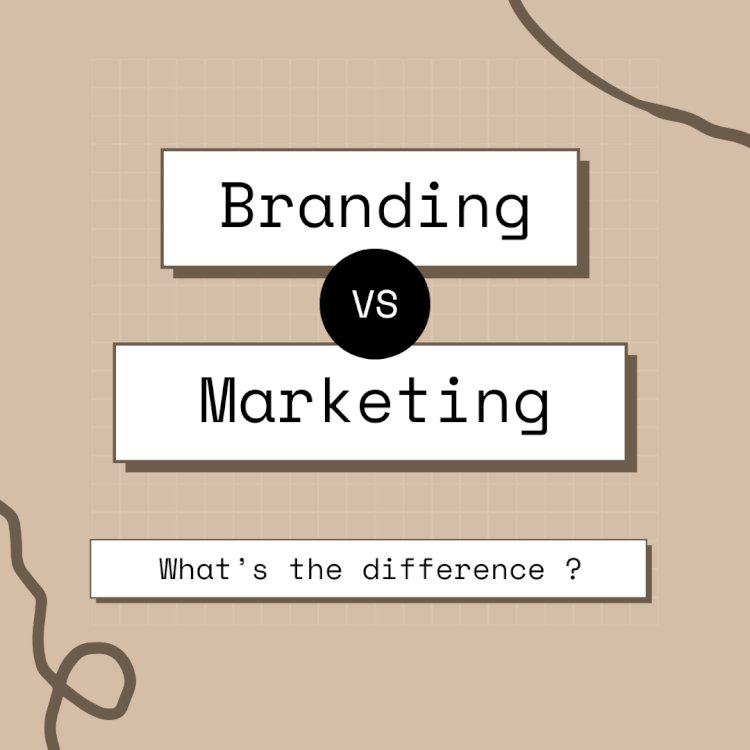Marketing vs. Branding: Understanding the Difference and Building Impactful Strategies for Startups
Understanding the roles of marketing and branding is crucial for startups aiming for growth. This blog explores how marketing drives sales through targeted strategies like ads, SEO, and social media, while branding shapes identity, trust, and loyalty through mission, values, and design. It also offers actionable steps for startups to build marketing campaigns and establish strong branding. By combining both approaches, startups can attract customers, foster loyalty, and ensure sustainable success.

In startups, Marketing & Branding are often confused but serve different purposes. Marketing drives sales, while branding builds identity and trust. This blog explains their differences and offers strategies to help startups use both effectively.
What is Marketing?
Marketing promotes products or services through ads, social media, SEO, and some offline activities to attract and retain customers. It focuses on driving sales and customer engagement.
Key Components of Marketing:
- Target Audience Identification: Understanding who your customers are and their needs.
- Promotional Strategies: Using online and offline channels to reach potential customers.
- Content Creation: Developing blogs, videos, ads, and social media posts to engage audiences.
- Lead Generation and Conversion: Turning prospects into paying customers through optimized campaigns.
What is Branding?
Branding defines your business identity—values, mission, and vision. It builds emotional connections, shapes perceptions, and fosters long-term trust and loyalty.
Key Components of Branding:
- Brand Identity: Logo, colors, typography, and design elements that represent your business.
- Brand Voice and Messaging: Consistent tone and messaging across all platforms.
- Mission and Values: What your company stands for and its purpose.
- Customer Experience: How people feel when they interact with your business.
How Can a Startup Start Marketing?
- Identify Your Target Audience: Define who your ideal customers are based on demographics, behavior, and interests.
- Leverage Digital Channels: Use social media platforms, Google Ads, and content marketing to increase visibility.
- Create High-Quality Content: Focus on blogs, videos, and infographics to educate and engage your audience.
- Optimize for SEO: Ensure your website ranks well on search engines to attract organic traffic.
- Track and Analyze Performance: Use tools like Google Analytics to monitor campaigns and optimize strategies.
How Can a Startup Build Impactful Branding?
- Develop a Clear Brand Identity: Design a memorable logo, choose a color scheme, and define a unique brand voice.
- Define Your Mission and Values: Clearly communicate what your business stands for and why it exists.
- Tell Your Story: Share your journey and purpose through blogs, videos, and interviews to create emotional connections.
- Be Consistent Across Channels: Maintain consistency in messaging and visuals across all platforms.
- Engage with Your Audience: Build trust by responding to queries, gathering feedback, and showcasing customer testimonials.
Why Startups Need Both Marketing and Branding?
Marketing and branding go hand in hand for startup success. Marketing drives sales and customer engagement, while branding builds trust and recognition. Together, they create a strong foundation for growth and long-term sustainability. Startups need both marketing and branding to grow and succeed. Marketing attracts customers, and branding builds loyalty. By combining both strategies, startups can boost visibility, establish trust, and achieve sustainable growth.

 Pranjul Chaturvedi
Pranjul Chaturvedi 






















